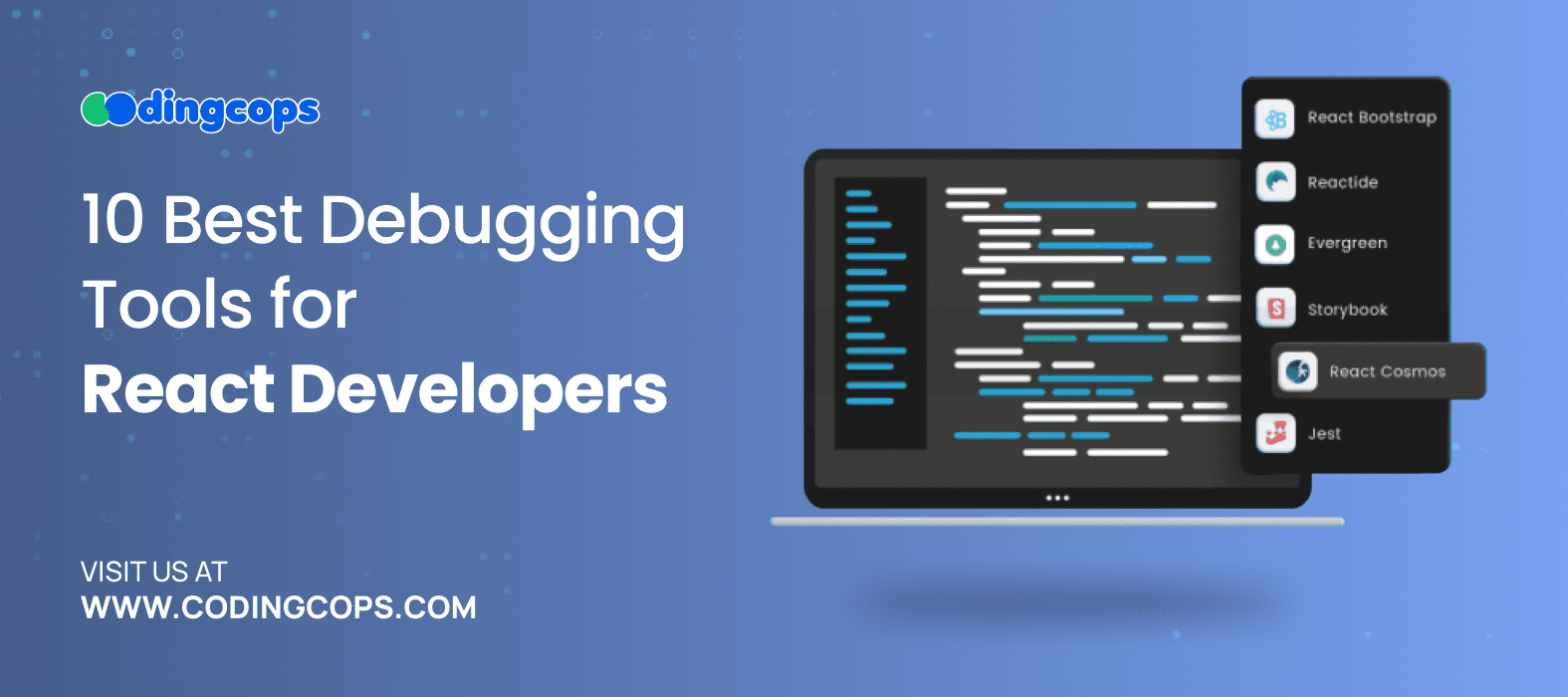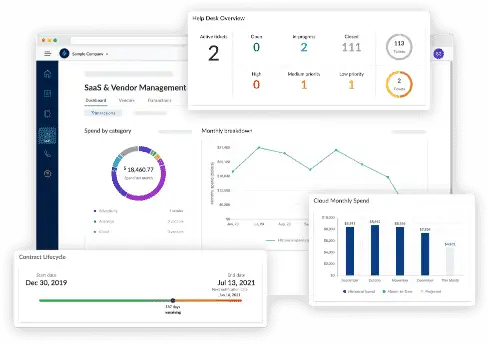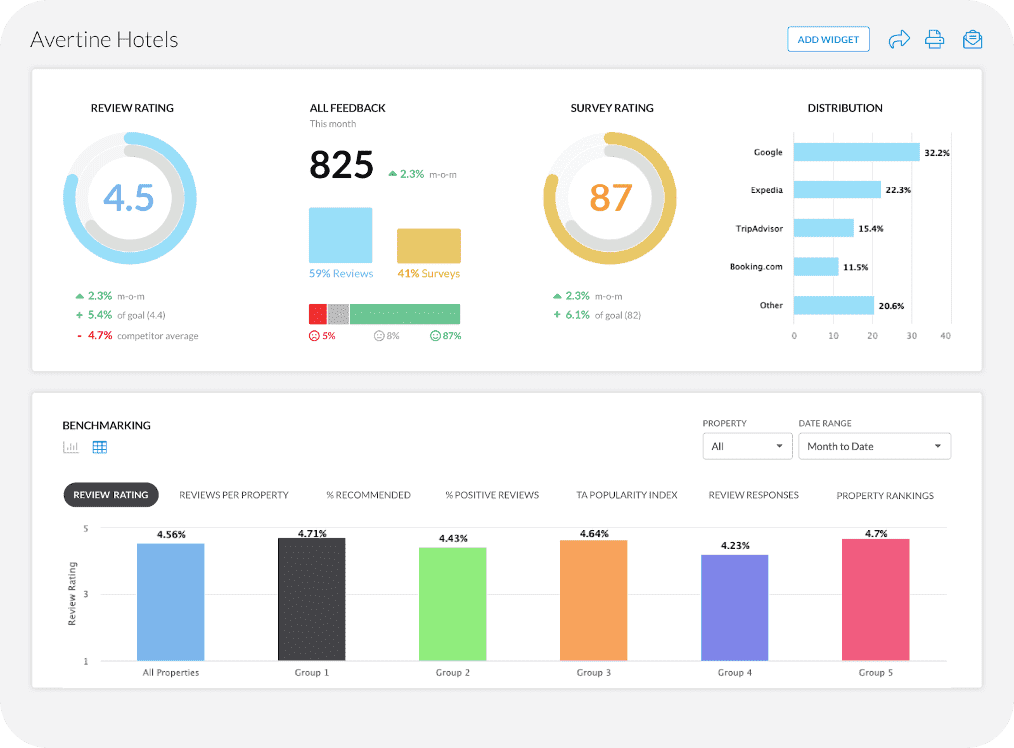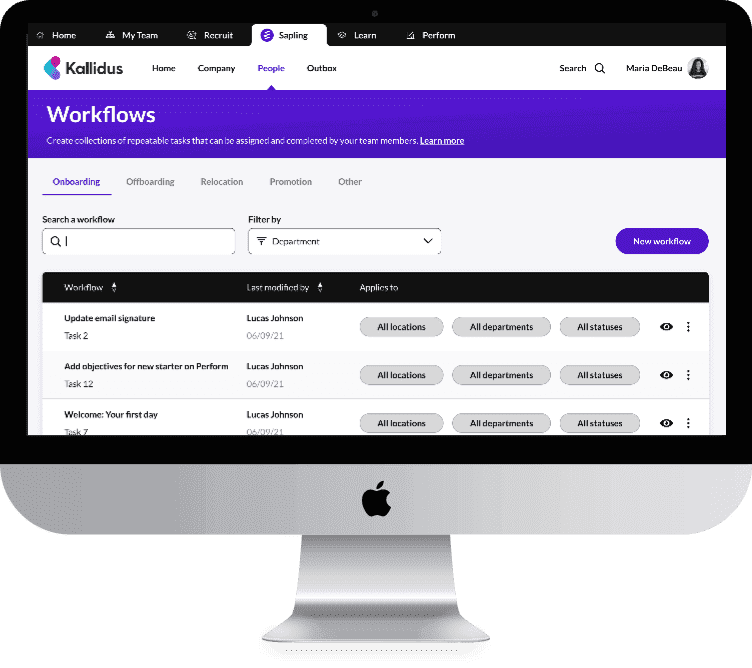According to the StackOverflow Developer Survey 2024, React remains at # 2 in web frameworks and technologies. What makes it remain in the top numbers for many years? It’s the architecture of the React framework that assists developers in building React applications.
The React architecture comprises some components that work together to build an application. To get the most out of React, you need to master the React architecture patterns, as these patterns are essential for building high-quality, scalable applications. Most importantly, you need to hire ReactJS developers with a solid understanding of React architecture and its core features.
In this article, we will explore the best architectural patterns in React that lead to better maintainability, scalability, and collaboration among your team members.
React Architecture – An Introduction
Before we understand the architecture of React, let’s take a look at a simple example. Like the architecture of a building, it encompasses the steps of planning, designing, and structural construction.
Similarly, there is an architecture for building React applications. The React architecture encompasses the structure and organization of a React application. The architecture of React surrounds the way components are designed and how data flows between them. Moreover, it also states how the state is managed.
Why React Architecture Matters?
The architecture of React matters because the application entirely depends on the architecture. If the architecture is good, your application is scalable, maintainable, and efficient. Otherwise, you have to bear the consequences in the form of bad performance, high costs, and wasted investments.
The Components of React Architecture

Every architecture comprises some components that come together to create a solid architecture. The architecture of React also has some components that we will discuss here to better understand the concept.
Components
Firstly, we have React components. These components play the role of core units in the React application. They are self-contained pieces of code that determine the behavior of the user interface. In short, they define how a particular UI should behave and appear.
Types of React Components
- Functional Components: The functional components in React are defined using JavaScript functions. Such components play their part in smaller and stateless components. They are easy to write and understand, which makes them an ideal choice for smaller components.
- Class Components: The class components are the opposite of functional components, as they are complex ones. They are defined using ES6 classes. The role of class components is to handle state and lifecycle methods, enhancing the functionality within a single component.
State Management
In React, a state is a JavaScript object that stores the dynamic data of a component. In simple words, it refers to the data that changes with time in a React application. Hence, you have to effectively manage React as it is an extremely critical component of React architecture.
Types of States in React
- Local State: It is the state that is locally managed within a single component. The local state lets us understand and keep track of the data relevant to only that particular component.
- Global State: A state shared across multiple components is said to be the global state. Hence, it is difficult to manage a global state as it is way more complex than managing a local state. Moreover, it often requires state management tools such as Redux or Context API to handle state matters efficiently.
React and Redux come together to help you build a scalable architecture for modern applications. Here is a detailed guide!
Props
Thirdly, we have React Props. Props is short for properties and refers to the way components communicate with each other. It is a mechanism for passing data from parent to child components. Moreover, props are customizable.
How to Use Props in React?
- Props allow customization. Hence, you can customize the appearance and behavior of child components by passing data to them.
- Data flow is easier with props as they facilitate the flow of data from parent to child components effortlessly while ensuring unidirectional data flow.
Data Flow
In software development, data flow holds a sheer importance as it defines the movement of data or information between different parts of the system. Since React is a framework for software development, data in React flows in a unidirectional manner. This means that data can only be transferred from the parent component to the child component.
How Data Flow Works in React?
- Unidirectional Data: In React, the data flows following the one-way binding, which means that data is only transferred from parent to child components using props.
- Child to Parent: What if a child component needs to communicate with the parent component? In such a scenario, the child component will call a function passed down as a prop.
React Hooks
Moreover, there are React Hooks in the React architecture that allow you to use state and other React features in functional components. These are the components that were previously available only in class components.
What is the Role of Hooks?
Hooks are the reason behind simplification in React architecture. They simplify the code by eliminating the need for class components to manage state and side effects. Furthermore, there are custom hooks for your ease that can be created to encapsulate and reuse stateful logic across multiple components.
React Architecture Patterns and Best Practices
If your goal is for your React app to function well and be updated with ease, you must set up the architecture according to React’s best practices. We will talk about the main patterns and practices you can use to make your React applications strong, scalable, and modern.
Component-Based Architecture
React comes with a component-based architecture. It is similar to using building blocks to build a web application. In simple architecture, you build everything at once as one big piece. But in component-based architecture, you break down the UI into smaller, reusable components.
Every component is independent of each others and handles a specific part of the UI.
Perks of Component-based Architecture
- You can use components anywhere in your application. This reduces redundancy and makes updates easier.
- Every component is self-contained and has nothing to do with other components. This promotes independent working without affecting the rest of the application.
- Maintainability is easier in component-based architecture. You can easily debug and update components.
- Scalability is not an issue, and you can add new components or modify existing ones without working from scratch.
Higher-Order Components
Another powerful architectural pattern in React is higher-order components. They are skillfully used to enhance component functionality and promote code reuse. These components act as functions capable of accepting a component as an argument and returning a new enhanced component with additional features or props.
Benefits and Usage of HOCs
- Higher-order components help with adding features such as authentication, logging or fetching data to many different components.
- You achieve code reusability by using higher order components to wrap your components. Doing it this way allows the logic to be used throughout the application instead of making the same code appear in several places.
- HOCs allow you to make complex parts by using basic, reusable features.
How to Use HOCs?
- When you want to utilize higher-order components, prefer them over inheritance. This will extend component functionality and offer more flexibility and maintainability.
- While naming the higher-order components, set their descriptive names to indicate their purpose and role in enhancing components.
Code Splitting
At number 3, we have code splitting. It is a technique that improves the application performance by splitting your code into smaller chunks and loading them when needed. This reduces the load on the system and enhances its functionality.
Advantages of Code Splitting
- With code splitting, you achieve a faster initial load time. It becomes possible by loading only essential code.
- Code splitting enhances the performance of your application as smaller bundles tend to furnish faster rendering and a better user experience.
- Code splitting allows you to efficiently manage resources by allowing browsers to cache and reuse code chunks. This optimizes the resource utilization in React applications.
How to Utilize Code Splitting in React?
Using code splitting in React demands paying attention to the following points:
- Don’t split your code while making a blind guess. Instead, identify the points where the code needs to be split. Split your code based on logical reasons.
- Always monitor and optimize your bundle size and keep optimizing further.
- You need to maintain a balance between size and load time. For this, you should reduce the bundle size and maintain an acceptable load time for users.
Performance Optimization
If you want to keep your React applications in a top-notch working state, you have to optimize their performance. Performance optimization will keep your application fast, responsive, and efficient.
How To Optimize the Performance of a React Application?
Optimizing the performance of a React application is not a big deal. All you need to do is follow the techniques below to optimize your system:
- Utilize the memoization technique to memoize components and values. For this, you will use React.memo or useMemo; this will prevent unnecessary re-renders.
- Unnecessary rerenders impact performance negatively, so it is advised to avoid rerenders. For this, you need to optimize components by using shouldComponentUpdate (for class components) or ensure functional components only update when needed.
- Implement lazy loading to load component resources when needed, reducing the initial load times. You can implement lazy loading with React.lazy and Suspense.
- Code splitting and reducing the bundle size also contribute to optimizing the performance of React applications.
Render Props
In React architecture, there is a design pattern known as Render Props that facilitates component composition and code reuse by sharing code between components using a prop whose value is a function.
How Render Props Work in React?
Render prop is a technique in React for sharing code between components using a prop whose value is a function. Components using render props accept a function as a child. That function then returns a React element that allows the component to control what to render.
What happens when a render prop is passed to a component?
When a render prop is passed to a component, you have the opportunity to dynamically render content based on the component’s state or logic.
Perks of Render Props
- Using render props gives you the advantage of component reusability. It enables components to share logic without inheritance or wrapper components, promoting code reuse.
- The components that use render props can be highly adaptable. This allows users to customize rendering behavior according to their needs.
- Render props promote the separation of concerns by segregating logic from UI rendering. This not only improves maintainability but also readability.
How to Utilize Render Props?
Two things help you utilize the render props in the best possible way. The first one is using descriptive names for render props to clarify their role and purpose. And the second one is to avoid prop drilling by passing data directly to where needed.
Summary
In conclusion, the best you can get out of the React framework is by understanding and implementing React Architecture Patterns using the best practices. React architectural patterns ensure that your application is scalable, efficient, and maintainable. Moreover, adopting the best practices will allow your application to meet high standards and performance.



















